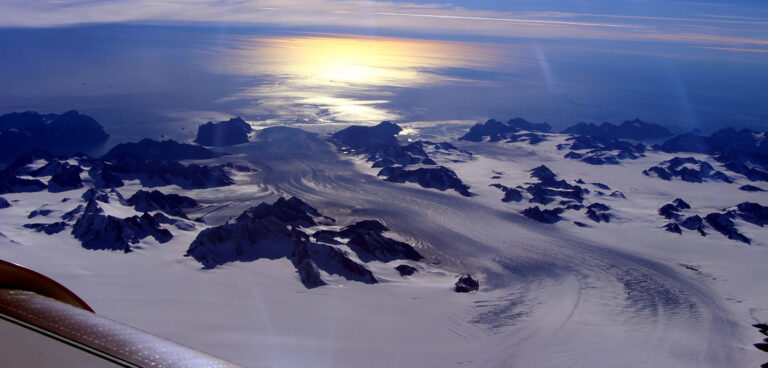Greenland lost 600 billion tons of ice during the Arctic summer of 2019, according to data from the GRACE and GRACE-FO satellites.
A study led by scientists at NASA’s Jet Propulsion Laboratory (JPL) and the University of California, Irvine (UCI), showed that ice loss in Greenland could raise global sea levels by 2.2mm in just two months.
The researchers also found that Antarctica continues to lose mass, particularly in the Amundsen Sea Embayment and the Antarctic Peninsula in the west.
Losses were partially offset by gains from increased snowfall in the northeast.
Isabella Velicogna, lead author who is also senior project at JPL and a professor at the university, said, “We knew this past summer had been particularly warm in Greenland, melting every corner of the ice sheet. But the numbers really are enormous.”
Velicogna and colleagues studied data from the recently decommissioned Gravity Recovery and Climate Experiment (GRACE) satellite mission and its successor GRACE Follow-On.
The mission between NASA and the German Aerospace Center using the GRACE satellites was designed to measure changes to Earth’s gravitational pull that result from changes in mass, including water.
The first GRACE mission was launched in 2002 and decommissioned in October 2017, with GRACE-FO coming online in May 2018.
To fill in the gap, the team used independent data to test and confirm that the data over Greenland and Antarctica was consistent.
Velicogna said, “It is great to see how well the data line up in Greenland and Antarctica, even at the regional level. It is a tribute to the great effort by the project, engineering and science teams to make the mission successful.”



